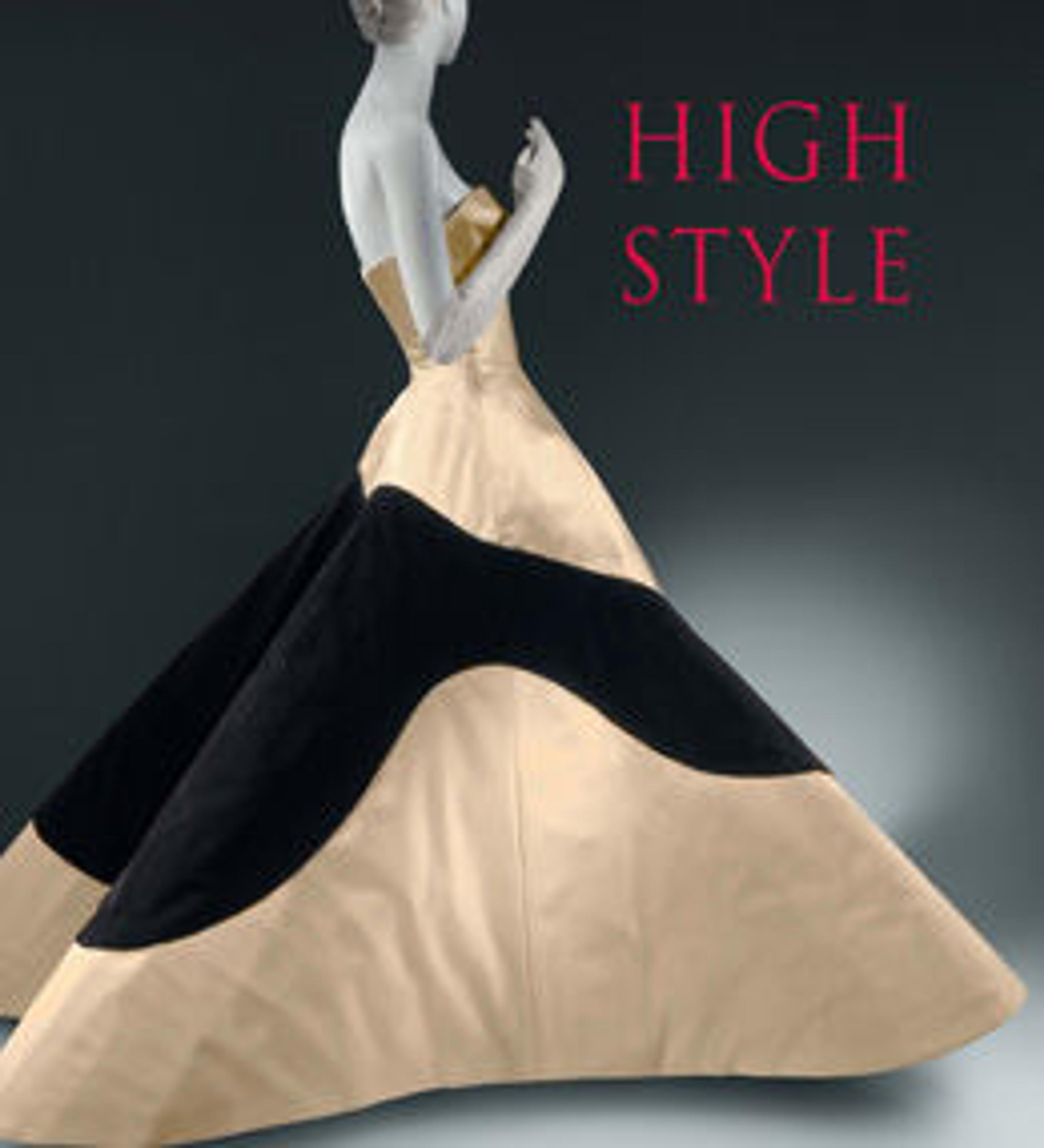Evening cape
Emile Pingat had a proclivity for designing carefully finished dresses and outerwear which made him one of the top three French fashion designers during the second half of the 19th century. Active between 1860 and 1896, Pingat was adroit at manipulating multiple textiles and trimmings into a cohesive and elevated garment. He was inspired by design elements of other cultures and often reinterpreted them into his own work, making them unique and intriguing. His elaborately decorated and impeccably tailored outwear was particularly sought after.
Pingat's interpretation of Plains Indian motifs on this cape is indicative of his fascination with incorporating other cultures' designs into the contemporary couture vocabulary. This style of embroidery pattern, although distinctive amongst other late 19th-century European designs, is iconic of Pingat's work.
Pingat's interpretation of Plains Indian motifs on this cape is indicative of his fascination with incorporating other cultures' designs into the contemporary couture vocabulary. This style of embroidery pattern, although distinctive amongst other late 19th-century European designs, is iconic of Pingat's work.
Artwork Details
- Title:Evening cape
- Design House:Maison Pingat (French)
- Designer:Emile Pingat (French, 1820–1901)
- Date:ca. 1891
- Culture:French
- Medium:wool, silk, fur, beads
- Credit Line:Brooklyn Museum Costume Collection at The Metropolitan Museum of Art, Gift of the Brooklyn Museum, 2009; Gift of Marion Litchfield, 1950
- Object Number:2009.300.141
- Curatorial Department: The Costume Institute
More Artwork
Research Resources
The Met provides unparalleled resources for research and welcomes an international community of students and scholars. The Met's Open Access API is where creators and researchers can connect to the The Met collection. Open Access data and public domain images are available for unrestricted commercial and noncommercial use without permission or fee.
To request images under copyright and other restrictions, please use this Image Request form.
Feedback
We continue to research and examine historical and cultural context for objects in The Met collection. If you have comments or questions about this object record, please contact us using the form below. The Museum looks forward to receiving your comments.
